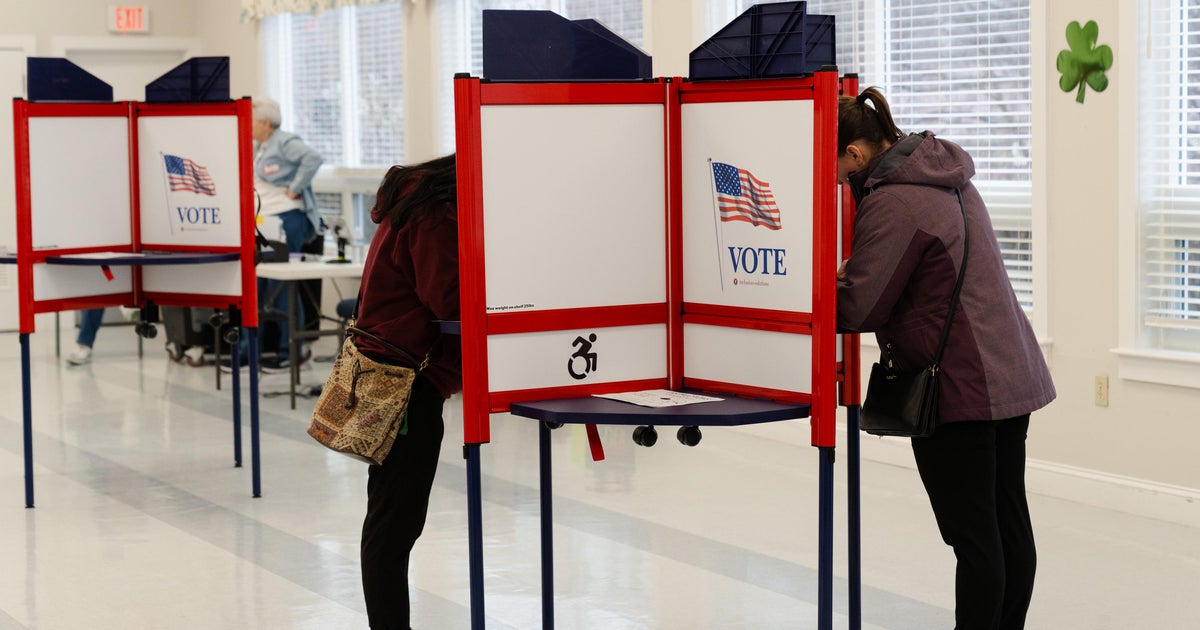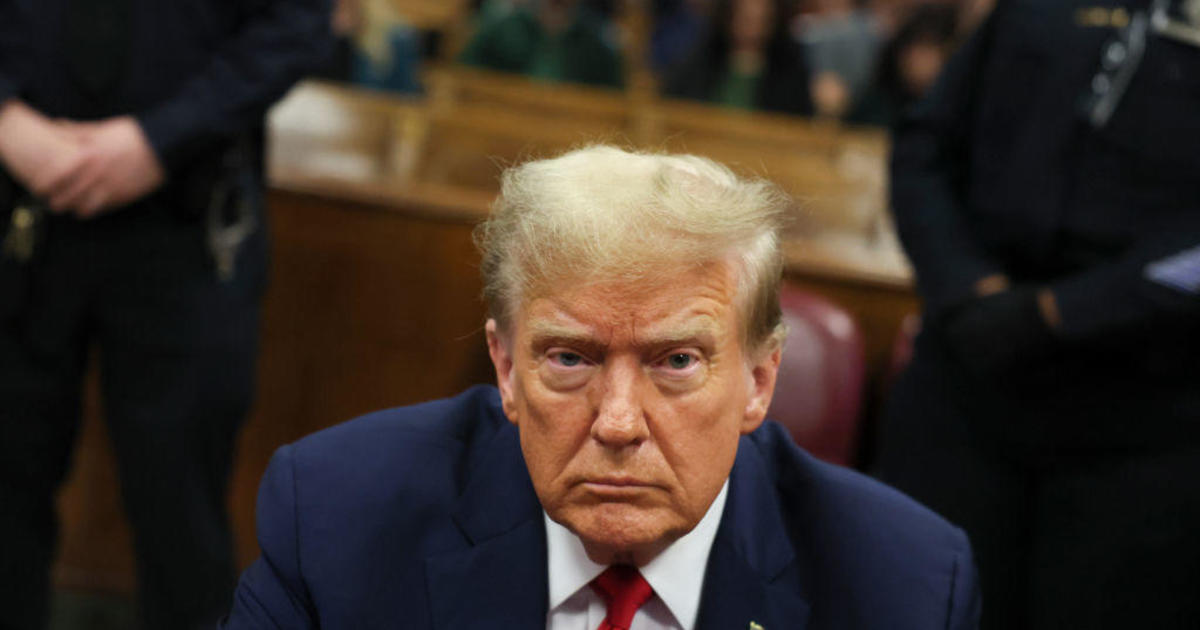After Dow 20,000, what should investors do?
U.S. equities pushed to new highs on Wednesday, thanks to ongoing excitement over President Donald Trump’s aggressive economic plans and a heavy flow of fourth-quarter earning results. The Dow Jones industrials index finally crossed and closed above the 20,000 level for the first time. It was the stock market’s single best day in seven months.
The move ends a two-month flirtation with that psychological benchmark amid recent evidence the post-election uptrend was stalling -- including narrowing breadth, overly extended sentiment measures and signs that “smart money” traders are increasingly betting against rising stock prices.
This raises the question: What should investors do now? Is this an opportunity to sell? Or is this the kickoff of another 2013-style “meltup”?
A pause for reflection is warranted given how incredible the situation is that investors now find themselves in.
The post-election uptrend to record highs was the exact opposite of what Wall Street experts told us to expect: that a Trump victory would torpedo the market. It caps the quietest four-year period in the stock market ever. It comes at the tail end of the single greatest experiment in cheap money stimulus and ultralow interest rates in human history (not hyperbole).
And it comes directly in the wake of the stock market’s quietest December since 1900, when Wall Street celebrated the reelection of hard-money, pro-business Republican William McKinley (who was tragically assassinated the following year).
Volatility, as measured by the CBOE Volatility Index (VIX), fell to its second-lowest level in 10 years.
This is what euphoria looks like. Is it justified? That depends on how aggressively Federal Reserve Chair Janet Yellen leans against the “Trump-flation” lift to the economy and the stock market surge.
All evidence suggests she isn’t enthused given that the labor market is near capacity, housing costs are rising fast and consumer inflation has already surged back over her 2 percent target.
The precipitous stock market rise, at a time when earnings haven’t kept up, has stretched equity valuations to the point she may well cite risks to financial stability. Maybe she’ll even resurrect the “irrational exuberance” talk of former Fed chief Alan Greenspan.
On a technical level, stocks look vulnerable as well.
Since 1932, stocks have had 5 percent corrections every 7.1 months in a bull market, according to InvesTech Research. The last one was 11.2 months ago. Also, a 20 percent bear market historically happened every 3.8 years. The nearest was back in 2011 when stocks fell 19.4 percent.
Long story short: Stocks are way overdue for a large pullback. But with the Dow crossing 20,000, a 20 percent pullback is the last thing on the minds of most investors. Thus, caution is probably warranted. But nonparticipation probably isn’t.
The lesson of this bull market is that momentum trumps all. In fact, a quick check with the folks at SentimenTrader shows that the powerful two-day gain of the type seen this week is exceedingly rare and was last seen in 2013 ahead of a historic “creeper” uptrend in which just about every technical indicator was rendered useless.
With that in mind, and mindful of the unique situation investors now face -- massive political change, the end of a never-before-seen monetary policy effort and a historically distinct bull market -- here’s the best advice I can muster: Resist the urge to become emotional, treat Dow 20,000 the same as Dow 19,675 and stick to your long-term asset allocation and risk tolerances.




